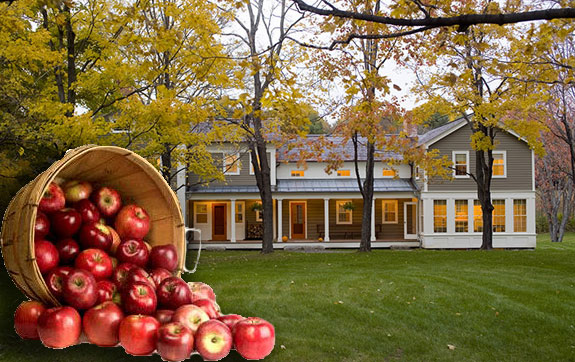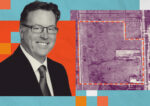Trending
Hudson Valley real estate boom puts squeeze on apples
Residential development in the region means less fresh produce in the city

Miro Uskokovic, the pastry chef at Gramercy Tavern, buys the apples for his apple and carob cake from Elizabeth Ryan’s orchard in the Hudson Valley. But the demand for local produce like Ryan’s is now colliding with real estate interests that are dividing up farms for vacation homes at an accelerating rate.
The number of farms in New York State has fallen to 35,537 in 2012 from 38,264 in 1997, according to the Department of Agriculture. And since 1982, real estate developments have transformed more than 471,000 acres of New York farmland, according to American Farmland Trust data.
“The risk to farmland is a risk to healthy food for New York City residents,” Councilman Daniel Garodnick, Democrat of Manhattan, told the New York Times. He added that many farmers markets serve neighborhoods that have few stores selling fresh produce.
“If we want all New Yorkers to have access to fresh, local food, then we must save the nearby farms that serve the city’s neediest neighborhoods now, before they are lost to development,” Steve Rosenberg, executive director of the Scenic Hudson Land Trust, told the Times. “This modest, but visionary, strategic investment will make the city a national model of how to create a more equitable and secure regional food system.” [NYT] –Christopher Cameron




